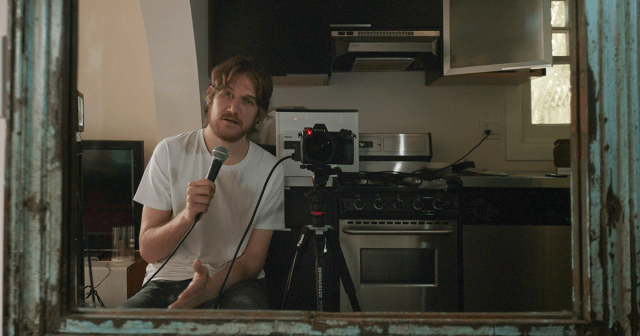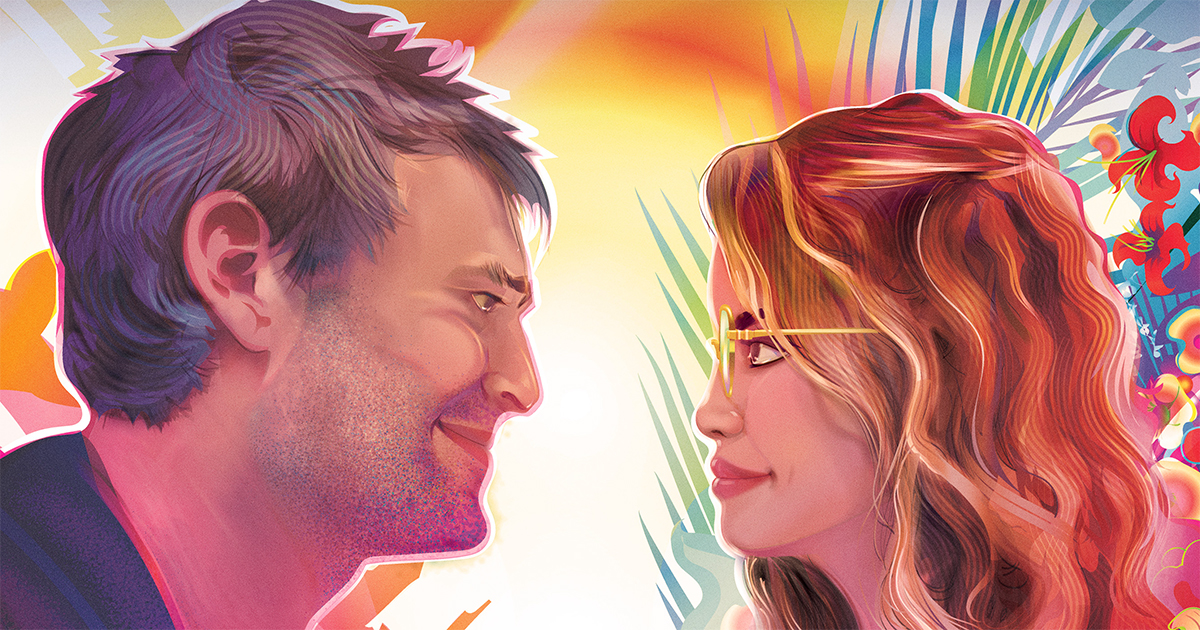
Here in fall 2021, we’re all veteran Zoom jockeys with no feelings for or against the communications software. Back in June 2020, it was still engaging. Enough so for filmmaker Mark Duplass to fashion a movie using it as a virtual set.
About a month into the first lockdown, Duplass found himself looking for an output for his creativity — there’s a lot of it to disperse. He decided on self-improvement and signed up for Spanish lessons as part of an online course. That planted the seed for the movie, appropriately titled Language Lessons. As he explains, “I ended up striking up an unlikely friendship with my teacher. Turns out, if two people are involved in conversational language lessons but also hate small talk, the conversations go somewhere interesting fairly quickly.”
It was the perfect idea for a movie in lockdown, but the challenge was to make it work, technically and relationship-wise, with another person on the other end of a Zoom call for 90 minutes.
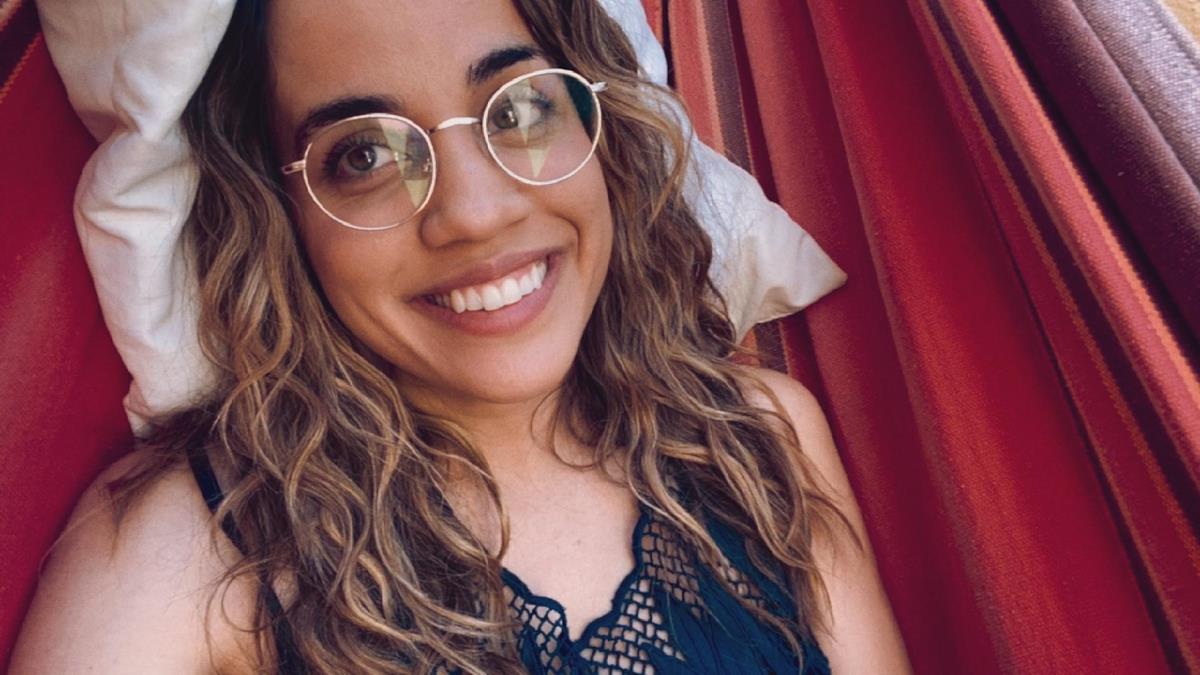
To meet the technical challenges, Duplass sought the help of DP Jeremy Mackie, who was given just a few weeks to come up with computer-based rigs that could have some kind of minimum film-like abilities. His goal was to capture the best images he could while also allowing the actors to focus on their performances.
Mackie managed to find webcams from Logitech that shot a 4K signal. He also built filter holders onto them to accommodate very small camera filters, and added a diopter and some diffusion filters in front of the lenses. “It’s difficult to get depth-of-field on those cameras because the sensors are so tiny, but the diopters did move it toward the cinematic world.”
LIGHTS, CAMERA, ACTION! SPOTLIGHT ON FILM PRODUCTION:
From the latest advances in virtual production to shooting the perfect oner, filmmakers are continuing to push creative boundaries. Packed with insights from top talents, go behind the scenes of feature film production with these hand-curated articles from the NAB Amplify archives:
- Savage Beauty: Jane Campion Understands “The Power of the Dog”
- Dashboard Confessional: Ryusuke Hamaguchi’s “Drive My Car”
- “Parallel Mothers:” How Pedro Almodóvar Heralds the New Spanish Family
- “The Souvenir Part II:” Portrait of the Artist As a Young Woman
- Life Is a Mess But That’s the Point: Making “The Worst Person in the World”
Mackie explained his misgivings to Filmmaker Magazine. “My biggest fear was that they would knock it out of the park with a performance but forget to press record. So, essentially the way that I operated was, I built these two rigs with webcams controlled through [the actors’] computers. I used a remote log-in program, so I would basically be running their computers from my house [and] have control over the webcams and the recording.”
Duplass had actress and new director Natalie Morales in mind to play the role of the Spanish teacher, as they had both worked together on Duplass’s television anthology series Room 104. She had directed two of the episodes Duplass had written that turned out well. Well enough to get the green light to direct this special lockdown film.
In the film, Duplass plays Adam, whose husband buys him 1,000 Spanish lessons. Morales’ character, Cariño, is the teacher. Unfortunately, Adam’s husband dies, but the lessons continue as Adam leans on Cariño for comfort and understanding. But it’s very important to understand that Language Lessons isn’t set during COVID as the team didn’t want to time-stamp the story, although the Zoom technology will probably do that for them.
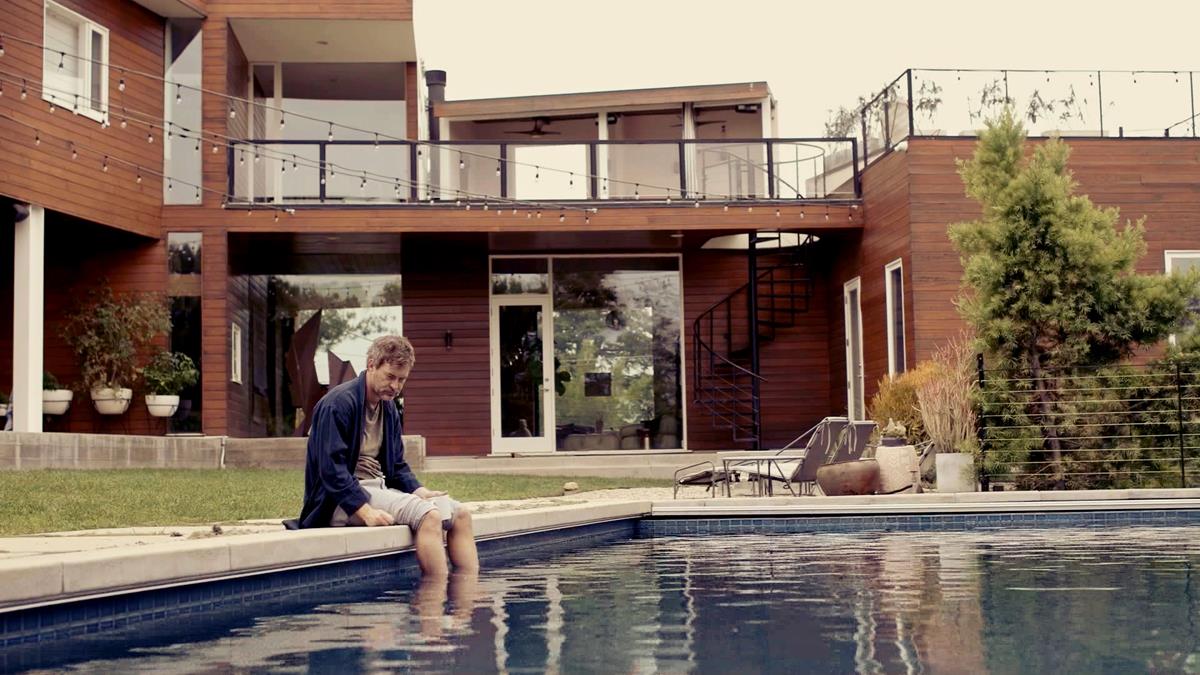
READ MORE: “We Had to Come Up with Whole New Protocols”: DP Jeremy Mackie on Making Zoom-Recorded Pandemic Film Language Lessons (Filmmaker Magazine)
But how do you stage the movie when you are only playing with two people on two screens? Editor Aleshka Ferrero had some ideas that would keep people interested, as Duplass explains. “She was instrumental in helping us shape the look of the film,” he said. “We loved the idea of allowing both frames but offering them in different sizes. Allowing the audience eye to drift to where their interest organically wanted to go.”
They tested different visual options on audiences and found an unexpected reaction to the format. “People who watched the film in the way that was ultimately presented had this wonderful reaction of wanting to go back and re-watch certain scenes on the frame they missed out on the first time round.”
With the chemistry between the leads connecting nicely, the team concentrated on how they should continue. As all the actors and crew were to be in their own homes, all the crew had to be included on the Zoom calls. Morales explains how it worked to The Hollywood Reporter, “There was a crew, but in a very untraditional sense. We had Jeremy, who was our DP and, via his system, could remotely adjust exposure and all of that. And then we also had our producers on the Zoom call with us. Everybody was on the Zoom call with us while we were shooting and they would all black their screens out. But yes, I did my own hair and makeup. I did my special effects makeup for one scene. I did lighting. I did set design, I did all of that.”
For audio, they used a sound mixer Duplass had worked with before. He had set-up a directional boom microphone that was placed behind the camera and a recorder on the computer. Mackie wasn’t leaving anything to chance, and had sent the actors a parcel of essential set gear. “I had color temperature and intensity controls but I had also sent each actor a box of grip gear, some incandescent clip lights and some diffusion.”
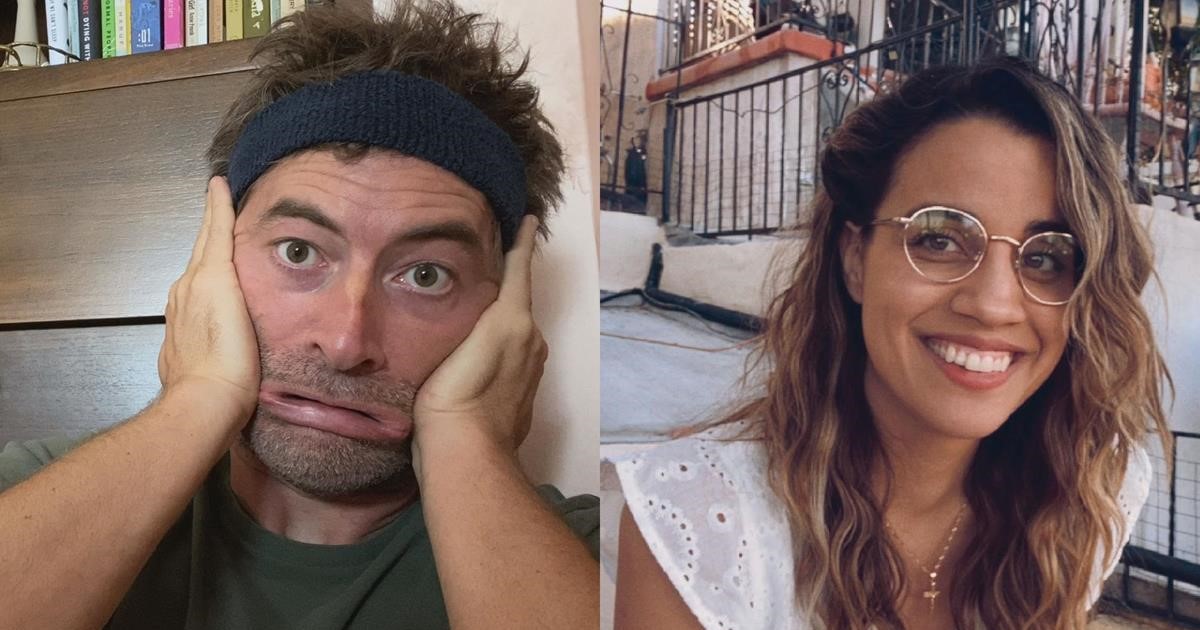
READ MORE: Berlin: Natalie Morales on Writing and Shooting ‘Language Lessons’ in Just Four Weeks (The Hollywood Reporter)
Color grading was completed by Light Iron’s Ian Vertovec, who had to contend with some dynamically impeded footage produced by the webcams. Mackie thanked Vertovec for his insights: “I really can’t thank Ian enough for the work that he did and the patience he had with us in working with these cameras. It was like color correcting on a knife’s edge in so many ways.
“The second day we discovered that the cameras — which were the fanciest webcams we could find — would not expose outdoors. I had to go to the Logitech website and call them and they were like, ‘Oh yeah, it doesn’t support shooting outside.’
“Luckily, I had put those filter holders on there and we were able to ND down the camera so we could get those shots.”


